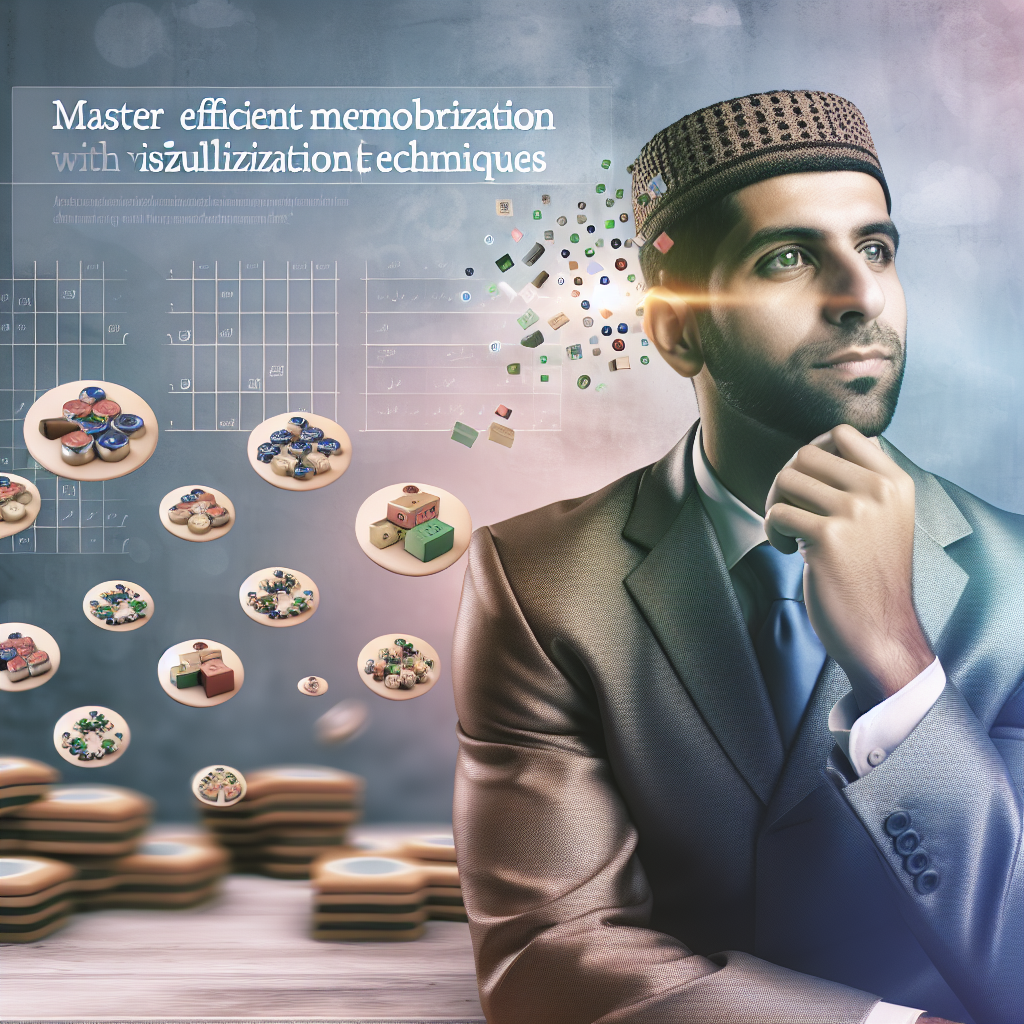Memorizing information effectively is a skill that can significantly enhance your learning, productivity, and confidence. With the right technique, anyone can improve their memory capacity and recall abilities. In this article, we will explore a proven method to help you memorize anything more efficiently and effortlessly, transforming your approach to learning and retention.
Harnessing Visualization and Association for Better Memory
One of the most effective techniques for memorizing complex information is to leverage the power of visualization and association. Our brains are naturally inclined to remember images and stories better than raw data. To implement this technique, begin by breaking down the information you want to learn into smaller chunks.
Next, create vivid mental images for each piece of data. For example, if you’re trying to memorize a list of words, imagine a strange, impossible scene that links these words together. This could be a surreal picture where objects interact in bizarre ways — such as a flying elephant holding a rainbow umbrella to symbolize the word ‘diversity.’
Additionally, build associations between these images and familiar concepts or places. This process, similar to the “method of loci” or memory palace technique, involves imagining walking through a familiar location and placing each image along the path. As you visualize mentally walking through this space, you reinforce your memory of each item in sequence, making recall more accessible and more durable over time.
Applying Repetition and Spaced Retrieval
While visualization helps encode information deeply, repetition and spaced retrieval practice are critical for transferring memories from short-term to long-term storage. Instead of trying to memorize everything in one sitting, space out your review sessions. Review the material shortly after learning it, then again after increasing intervals (e.g., after a day, a week, and a month).
Research indicates that this spacing effect significantly improves retention. To optimize this process:
- Use flashcards or quizzes to test your recall actively rather than passively rereading notes.
- Integrate retrieval cues—hints that help trigger the memory — into your review sessions.
- Maintain consistency in your review schedule, ensuring that each session reinforces and consolidates your previous learning.
By combining visualization with strategic repetition, you create multiple pathways for your brain to access stored information, making your memorization stronger and more resilient.
Conclusion
Mastering a technique to memorize anything involves using vivid visualization and association alongside disciplined repetition and spaced retrieval practices. These methods work synergistically to deepen memory encoding and improve recall over time. Applying these strategies consistently can transform your learning process, empowering you to remember and utilize information more effectively and confidently.
